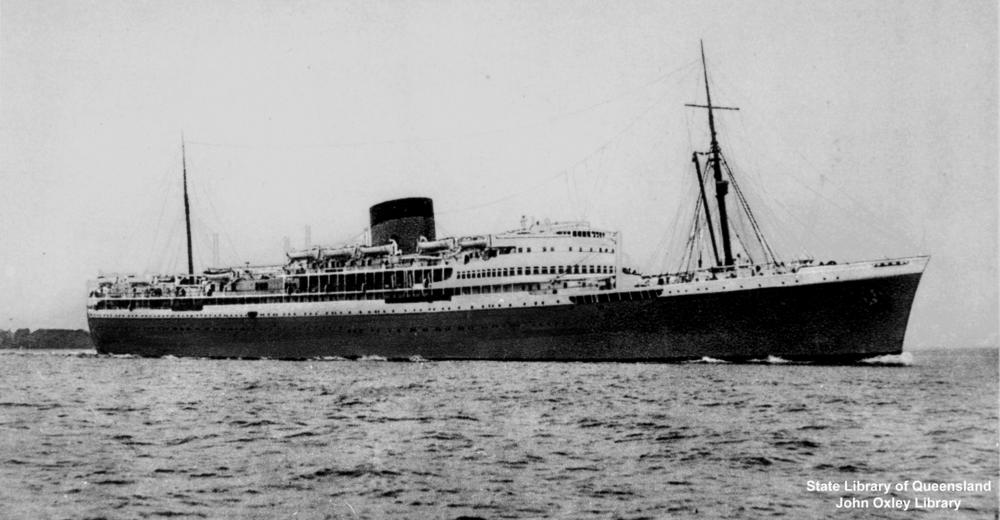
On August 27, 1943 I was transferred to the 312th Base Headquarters Squadron at Army Air Field Dover Delaware. In September 1943 I volunteered for overseas duty.
I was transferred on October 1, 1943 to Richmond Army Air Baser Richmond, Virginia - Provisional Unit A-10. Since we were going overseas, and I knew that I would not need much money, I filled out the authorization for allotment of pay. I signed up to send to my Mother, Mrs. Cecilia Gerstle, a $25.00 Series E Bond each month (cost $18.75). This is dated October 11, 1943 (See Form 29 on next page) .
On October 13, 1943 I was transferred to Camp Kilmer New Jersey with an address of B.P.A. 12490-2, Care of Post Master, New York, N.Y. At Camp Kilmer we were prepared for our overseas assignment. We were issued new equipment and new clothing. Our clothing consisted of only winter and fatigue uniforms. From this we knew we were not going to a warm climate.
On October 20, 1943 we headed for New York Harbor and boarded the British Ship Athlone Castle. We did not know where our overseas assignment would be and did not know until we docked. American Red Cross gave each of us a cloth bag with candy, razor, etc. before we boarded.

Our ship joined a slow convoy that consisted of ships of all kinds: Troop Ships, Tankers, and Supply Ships (Cargo). We were protected from the German "Wolf Pack" submarines in several ways. Aircraft from the U.S. shore protected us for several days after we left New York harbor. While we were on the High Seas, we had a battleship in the center of the convoy; corvettes and other small destroyers continually protected us by circling the outside of the convoy and in between the other ships. The ships in the convoy also continuously changed directions to confuse the enemy. The convoy was attacked by U-Boats. Several ships were hit on the edge of the convoy; they burned for several days. The convoy dropped depth charges several times. When they went into action we had to stand on deck with our life preservers strapped on. The first time our guns were fired I think all GIs jumped two feet high. We were not expecting them to be fired. Several days before docking we were protected by British planes. I don't know how many ships were in our convoy, but as far as you could see in all ways there were ships.
We were told that there were about 5000 GIs on the ship. Our bunks were at least five or six high. The bunks were iron pipes with canvas stretched and held by rope. All were very close together with barely enough room to stretch in. The aisles were less than two feet wide.
Meals were served on board twice daily. The meals consisted of some good buns and cheese, together with lamb and various other items. The first couple of days out the lines were long. Quite a few of the GIs got seasick. Meals were served once in the morning and once in the afternoon. The lines got shorter as time went on.
I did not get sick; so after the first few days I ate more than two meals on some days.
I remember one day we ate better than usual. The English treated the officers better than the enlisted men. The officers had private dining rooms and were served different food. One day as we were standing in line we noticed several whole chickens on a table in one of the officer's dining rooms. I don't know what happened, but suddenly the chickens disappeared. Boy, they were good! I sometimes wonder what the officers had to eat that day.
On November 2, 1943 we docked at Mersey Docks in Liverpool, England.